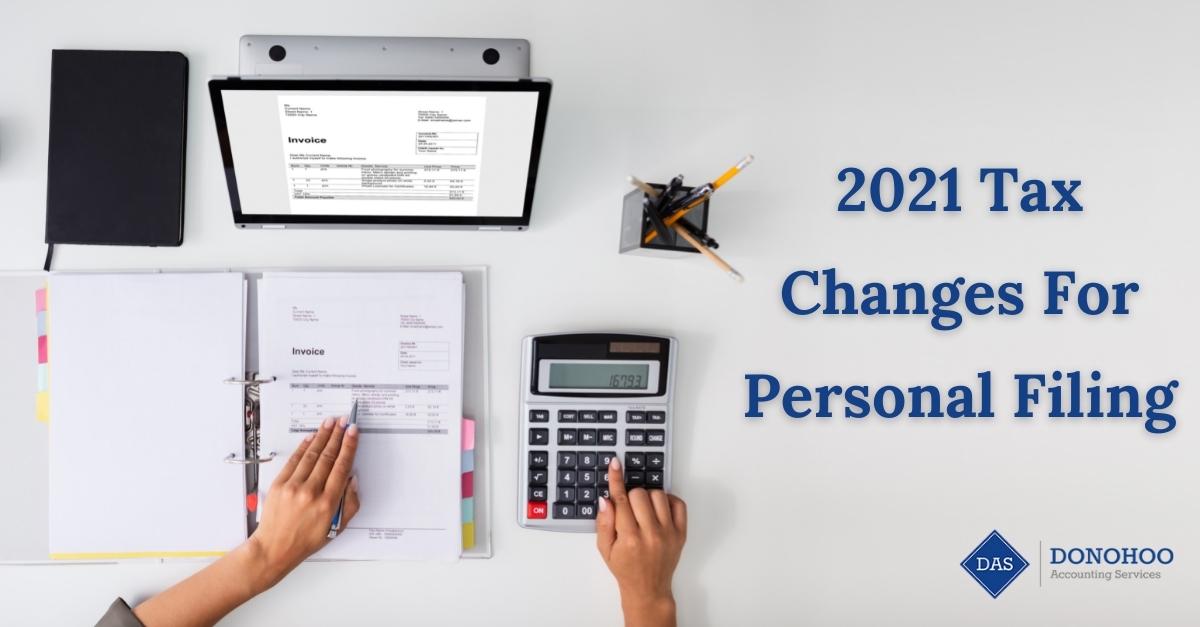Tax Saving Tips for 2016
Even though we’re getting close to the last quarter of 2016, there’s still time to save on your taxes. If you want to be in the best possible position when the time comes to file this year’s taxes, here’s what to focus on for the remainder of the year:
Contributing to a Deductible Retirement Accounts
One of the best ways for just about anyone to reduce their tax bill is to make a contribution to a deductible retirement account. Although earnings and withdrawals for Roth IRAs are generally tax-free, it’s important to understand that they don’t provide tax breaks for contributions. However, most traditional IRAs, along with Keogh and SEP plans, are tax deductible.
For 2016, the contribution limit for all IRAs is $5,500 if you’re under 50 and $6,500 if you’re over 50. The other requirement for a full IRA deduction is those filing as single must have adjusted gross income of under $61,000 (the limit for joint filings is $98,000). And for individuals who are self-employed, the 2016 maximum annual addition to SEPs and Keoghs is $53,000.
Keeping Up with Estimated Tax Payments
A common reason that business owners end up getting hit with a big tax bill is they don’t make the correct estimated tax payments during the year. This is especially common with new business owners, as well as those who experience sudden growth in their business. Making this type of mistake can also result in an underpayment penalty. While some people panic and end up significantly overpaying, that’s not ideal. instead, it’s best to be diligent and try to pay as close as possible to what you owe.
Staying Organized with All Records
This is just as important for those who make estimated payments as it is for individuals who won’t file until next year. Keeping all your records and documents organized throughout the rest of 2016 means you won’t have to stress when tax season rolls around. Another advantage of staying organized is it makes it easier to itemize deductions.
Although the standard deduction is faster, itemized deductions can benefit individuals who are self-employed, as well as a variety of people in other situations. Having records that are in order when tax season comes around means you’ll be able to choose the deduction path that’s best for your bank account instead of avoiding itemized due to it requiring too much time.
Being Aware of Available Tax Credits
By being aware of what we covered in our blog post on the top tax credits, you can take care of any necessary requirements during the remaining months of 2016.
If you have any additional questions about maximizing your tax savings for 2016, professional tax planning from Donohoo Accounting Services can help.








